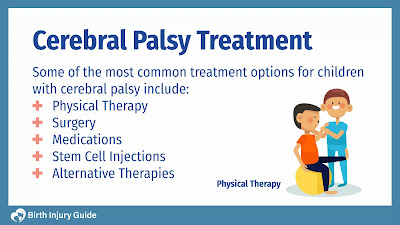Cerebral Palsy Overview
Cerebral paralysis (CP) is an umbrella term for a gathering of issues influencing body development, equilibrium, and stance. Approximately interpreted, cerebral paralysis signifies "mind loss of motion." Cerebral paralysis is brought about by unusual turn of events or harm in at least one pieces of the cerebrum that control muscle tone and engine action (development).
The subsequent debilitations initially show up right off the bat throughout everyday life, generally in outset or youth. Newborn children with cerebral paralysis are typically delayed to arrive at formative achievements like turning over, sitting, creeping, and strolling. Normal to all people with cerebral paralysis is trouble controlling and organizing muscles. This makes even exceptionally straightforward developments troublesome.
* Cerebral paralysis might include muscle solidness (spasticity), unfortunate muscle tone, uncontrolled developments, and issues with pose, balance, coordination, strolling, discourse, gulping, and numerous different capacities. * Mental hindrance, seizures, breathing issues, learning inabilities, bladder and gut control issues, skeletal disfigurements, eating challenges, dental issues, stomach related issues, and hearing and vision issues are frequently connected to cerebral paralysis.
* The seriousness of these issues fluctuates broadly, from extremely gentle and unobtrusive to exceptionally significant.
* Albeit the greatness of the issues might fluctuate after some time, the condition doesn't deteriorate after some time.
Cerebral Palsy Overview Video :






